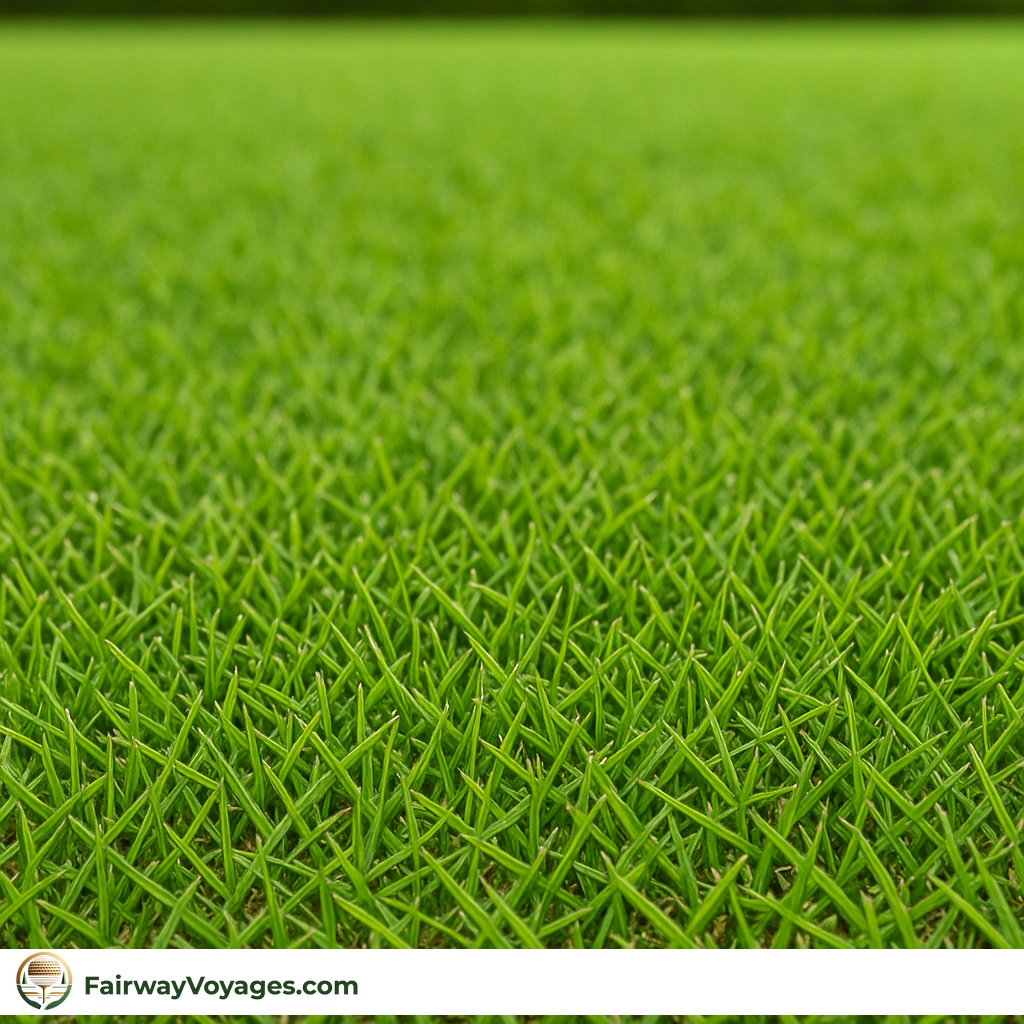Bermudagrass: A Resilient Warm-Season Turfgrass
Bermudagrass (Cynodon dactylon) is a warm-season perennial grass species that is widely cultivated for lawns, sports fields, golf courses, and pastures across warm temperate and tropical regions. Native to Africa, it has become naturalized in many parts of the world due to its adaptability and aggressive growth characteristics. This species thrives in regions with long growing seasons and abundant sunlight, making it particularly suitable for the southern United States and similar climates. Its rapid spread and dense growth habit make it an effective choice for ground coverage and erosion control.
The grass forms a thick sod through its extensive network of above-ground stolons and below-ground rhizomes, which enable it to spread quickly and recover from damage. Bermudagrass is known for its high tolerance to foot traffic, making it ideal for high-use areas such as athletic fields and parks. In addition to its wear resistance, it also demonstrates impressive drought tolerance once established, although it does require consistent moisture to maintain peak aesthetic quality. When maintained properly, Bermudagrass offers a lush, green appearance during the warmer months and enters dormancy, turning brown, during cooler seasons.
Growth Characteristics and Cultivation Practices
Bermudagrass performs best in full sun and does not tolerate shade well, which limits its use in areas with significant tree cover or structures that block sunlight. It grows most vigorously when temperatures range between 75 and 95 degrees Fahrenheit, with optimal root development occurring during warm soil conditions. This species requires regular mowing to maintain a neat appearance and to prevent it from becoming too coarse or stemmy. Frequent mowing at a low height promotes lateral growth and encourages a dense turf canopy.
Fertility management is essential for healthy Bermudagrass growth, especially on athletic surfaces or lawns where visual quality and performance are priorities. Nitrogen is the most critical nutrient and should be applied in multiple doses throughout the growing season, with a total of 3 to 6 pounds of nitrogen per 1,000 square feet annually. Phosphorus and potassium requirements depend on soil test results, and lime may be added to maintain soil pH in the desirable range of 5.8 to 7.0. Irrigation practices should aim to water deeply and infrequently to encourage deep root systems and improve drought tolerance.
Varieties and Hybrid Cultivars
There are several varieties of Bermudagrass, ranging from common types used in pastures to highly bred hybrid cultivars used in professional sports settings. Common Bermudagrass tends to be coarser in texture, with lighter green coloration and slower recovery rates compared to hybrid types. It is often propagated by seed, making it a more economical choice for large-scale applications such as roadsides or grazing fields. However, it lacks the fine texture and uniformity desired in high-end turf settings.
Hybrid Bermudagrass varieties, such as Tifway 419, TifTuf, and Celebration, are typically sterile and must be propagated vegetatively through sod, sprigs, or plugs. These cultivars offer improved qualities including finer leaf texture, enhanced color, better wear resistance, and greater drought resilience. Breeding efforts have also focused on improving cold tolerance to expand the species' usability in the transitional zones between warm- and cool-season grass regions. Because hybrids are more maintenance-intensive, they are best suited for professional management scenarios.
Challenges and Considerations
Despite its many benefits, Bermudagrass can pose certain challenges, especially in residential or mixed-use settings. Its aggressive spreading ability makes it invasive in gardens and flower beds, where it can overtake other plants if not contained properly. Edging barriers and regular trimming are often necessary to prevent unwanted encroachment. Additionally, its poor shade tolerance means it may thin out or decline under trees or structures, requiring reseeding or replacement with more shade-tolerant species.
Pest and disease issues in Bermudagrass can include armyworms, nematodes, and fungal diseases such as dollar spot and spring dead spot. Integrated pest management strategies, proper mowing, and balanced fertilization can reduce the risk of such problems. Thatch buildup is another concern, particularly in intensively maintained turf areas, and may necessitate periodic dethatching or vertical mowing. Selecting the right variety and tailoring maintenance practices to the local environment are key to long-term turf health and appearance.
Ecological Impact and Global Distribution
Bermudagrass has become widespread in regions outside its native range, including parts of Asia, Australia, and the Americas. In some ecosystems, especially where it is not native, it can outcompete local plant species and alter soil structure and water availability. Its classification as a noxious weed in certain jurisdictions reflects the challenges associated with its control in unmanaged or sensitive environments. Land managers and ecologists may need to weigh the benefits of its use against potential ecological disruption.
Nevertheless, its role in soil stabilization, carbon sequestration, and recreational applications underscores its ongoing value in agriculture and landscape management. Research continues to explore sustainable management strategies for maximizing benefits while minimizing negative environmental effects. Its resilience, adaptability, and functionality make it a dominant turfgrass choice with enduring relevance in turf science and landscape engineering. Proper stewardship ensures that Bermudagrass remains an asset rather than a liability in managed landscapes.

